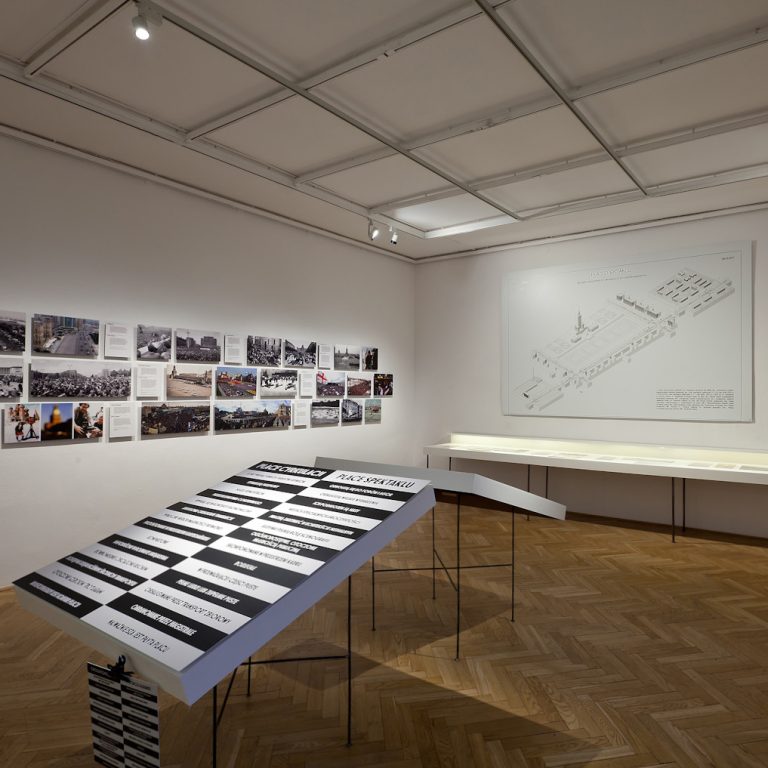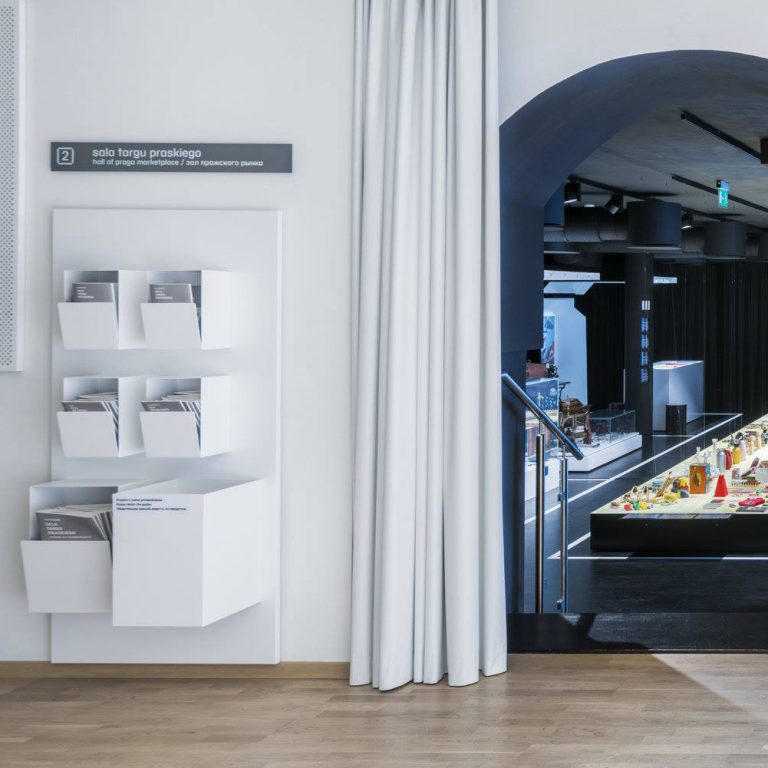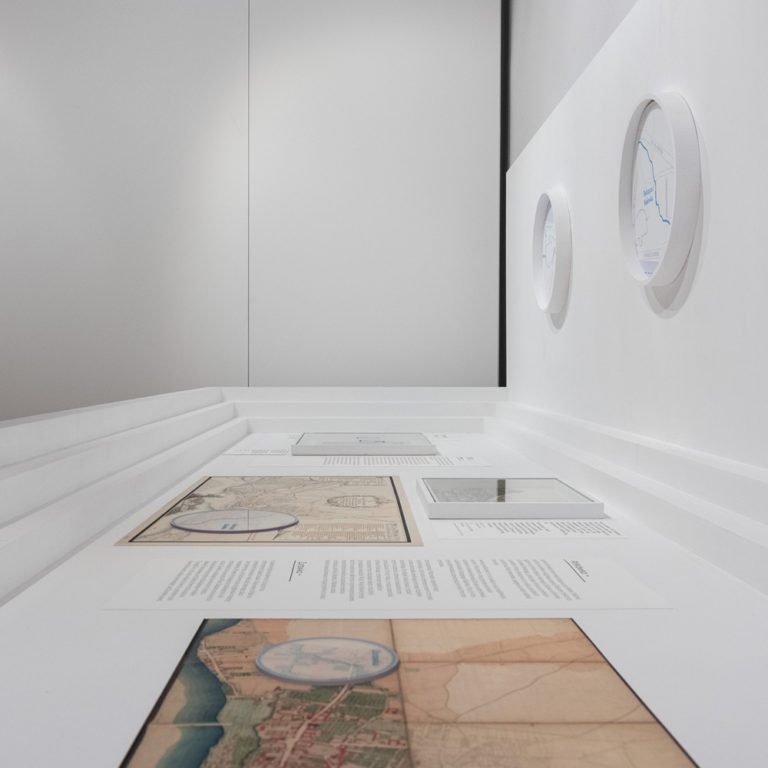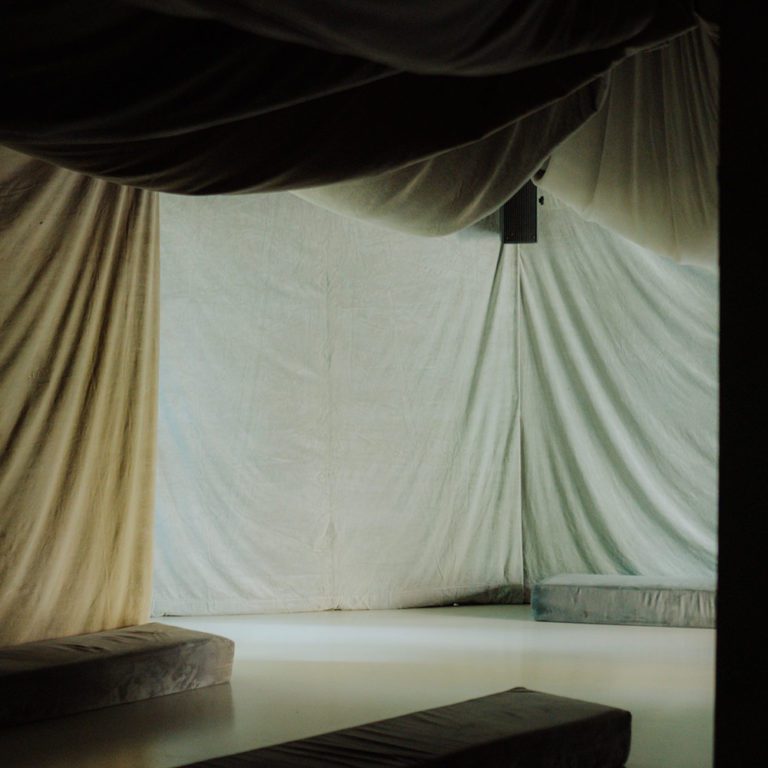
WYSPA CIENIA
architecture:
Tomasz Świetlik
\
curatorial team: Aleksandra Litorowicz, Tomasz Świetlik
exhibition graphic design: Karol Koszniec, Krzysztof Tryk
Tomasz Świetlik
\
curatorial team: Aleksandra Litorowicz, Tomasz Świetlik
exhibition graphic design: Karol Koszniec, Krzysztof Tryk
client: the Puszka Foundation, the Capital City of Warsaw,
06.2021
ZODIAK Warsaw Pavillion of Architecture, Poland, Warsaw, Pasaż Wiecha 4
06.2021
ZODIAK Warsaw Pavillion of Architecture, Poland, Warsaw, Pasaż Wiecha 4
The competition exhibition, FUTUWAWA: How Will We Live in Warsaw in the Future? showcased the winning and shortlisted projects envisioning life in the Polish capital in 2050. Responding to the need to exhibit the competition entries in the bustling heart of the city, a lightweight exhibition pavilion named the Shadow Island was created. Not only does it provide shade during the heat of summer, but, thanks to its transparency, it also connects visitors with the city and its weather phenomena. Placed on the concrete square in front of the ZODIAK Warsaw Pavilion of Architecture, it addresses one of the city's most pressing challenges: the scarcity of shade and greenery, resulting in urban heat islands.
Installation is inspired by microclimatic qualities of agro-architecture, i.e. architecture for plant cultivation. Agro-architecture embodies a total architectural vision, one that seeks to replace an exterior with an infinite interior. Agro-architecture is not about walls, it is all about an endless roof. It is not preoccupied with architectural form or space, its stunning simplicity and grace are merely byproducts of technological progress toward efficiency and scalability. A design of an apportion of a four-meter-thick tropospheric layer, a new Earth epidermis, is surprisingly similar around the globe. An ultimately optimized composition of slender posts, cables, and tubes carries a thin climate- and crop-specific membrane that filters light, water, and wind. Shadow Island is therefore a piece of a larger microclimatic structure that already surrounds a significant part of the planet.
However, the pavilion wasn't shielding crops from the sun but rather provided respite for those viewing the exhibition. It offered a moment of tranquility, muted stimuli, and encouraged a deeper engagement with the exhibits. It wasn't a white museum box but a semi-permeable tent – an ideal setting for showcasing works engaged in an ongoing dialogue with their surroundings. Furthermore, the Shadow Island is mobile and multi-purpose, capable of being relocated and assigned new tasks.


